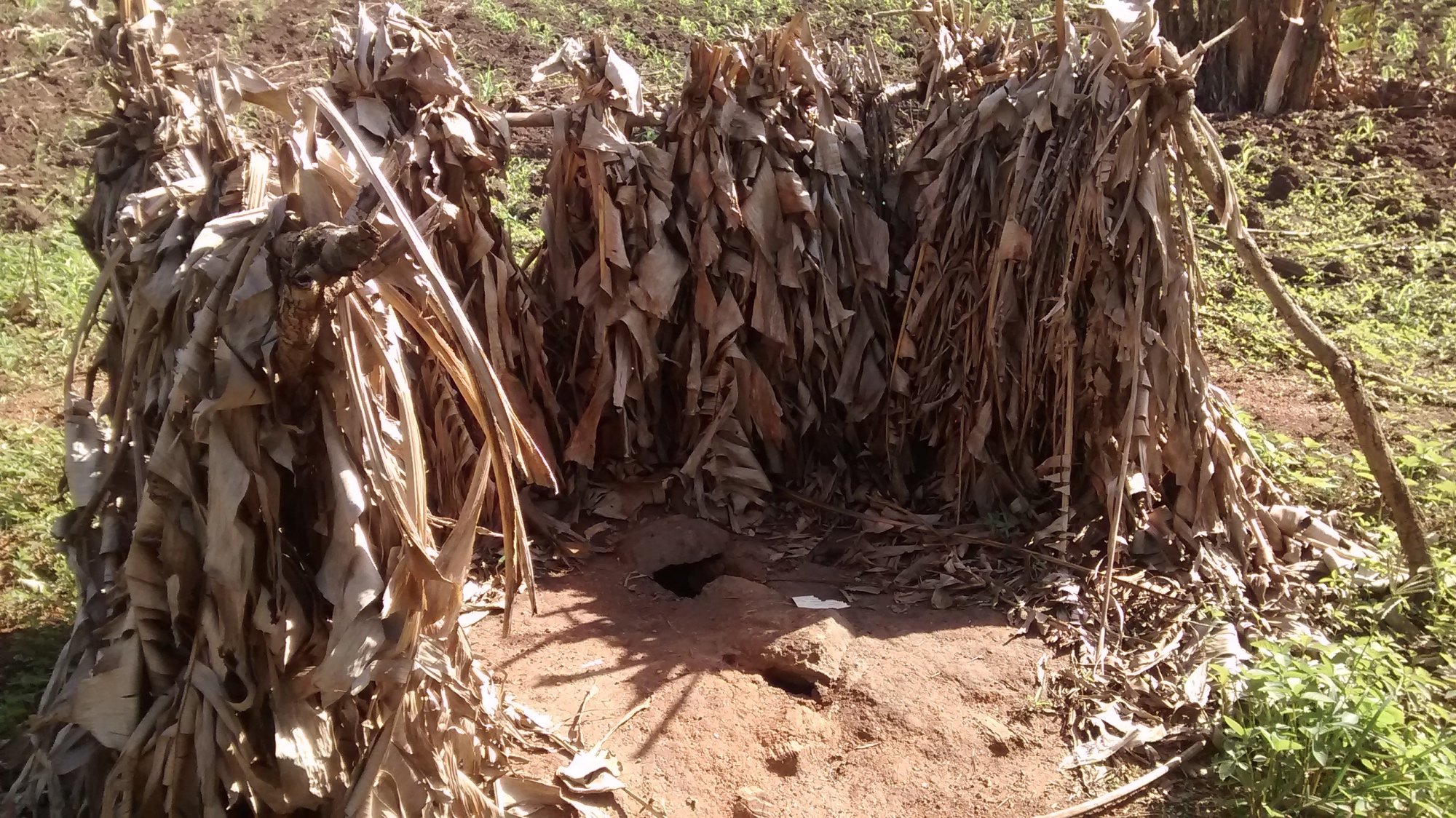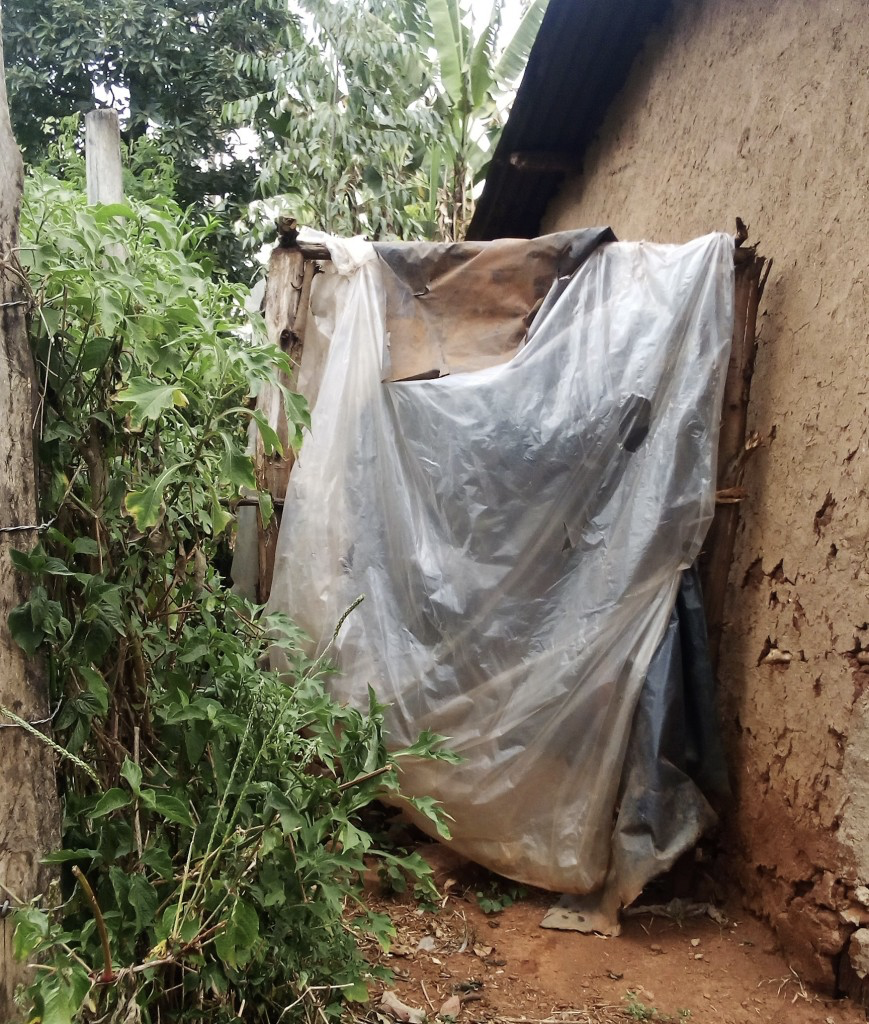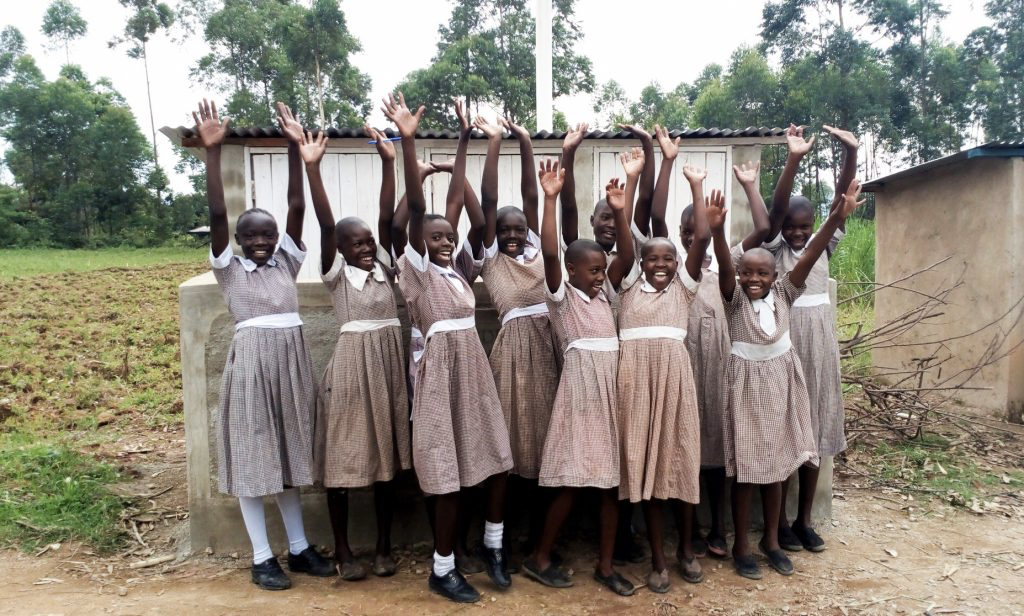What we learn together
Did you know that 1 out of 3 people do not have access to a safe toilet?

Improvised latrine in Uganda
Some 4.5 billion people today either do not have a toilet or use one that does not safely manage human waste. Of that total, there are 892 million people who still practice open defecation. This is a big problem. Diseases like cholera are spread through contact with human feces. In fact, the city of Boston created one of the first modern sewage systems in the 1870s after suffering significant deadly outbreaks of cholera. Cities in the U.S. and around the world adopted a similar solution to the problem over the ensuing decades.
However, it is a bigger challenge in rural parts of low-income countries. Without sanitation infrastructure, people must build their own bathrooms or resort to going to the bathroom in the open. The health consequences are significant. The UN estimates that 1.8 billion people drink from an unimproved water source that is not protected against fecal contamination.

Latrine at a homestead in western Kenya.
These people are at greater risk of contracting waterborne illnesses.
“The transmission of a host of diseases, including cholera, diarrhea, dysentery, hepatitis A, typhoid and polio, is linked to dirty water and inadequately treated sewage. Poor sanitation is also a major factor in the transmission of neglected tropical diseases such as intestinal worms, schistosomiasis, and trachoma, as well as contributing to malnutrition,” explained Dr. Maria Neira, Director, Department of Public Health, Environmental and Social Determinants of Health at the World Health Organization (WHO).
It is a significant reason why diarrhea is one of the leading causes of death for children under 5 years old in the world. More than 500,000 children die each year from diarrhea and there are nearly 1.7 billion cases of childhood diarrhea each year, according to the WHO.
The value of a toilet is evident in many of the interviews we conduct a year after a project is completed, especially at schools. Students will talk about how they no longer need to bring water to school every day, but they also mention the fact that they can use clean bathrooms and do not have to wait in long lines to use them. Our field staff often remark on the fact that the bathrooms are cleaned regularly as evidence that people learned from the hygiene and sanitation training and that the latrines are highly valued.
Bumini Primary School in western Kenya was under threat of closure due to insufficient latrines. Last year, we worked with the school to construct a rainwater tank for collecting water, new ventilation improved latrines and handwashing stations.

Girls at Bumini Primary School stand in front of newly constructed VIP latrines
We recently visited the school to speak with students and teachers on changes they experienced over the past year. Headteacher Isa Matala told us a story that Public Health officers visited the school and commented that the facilities are very good. The officers also said that the toilets were nice and clean. Students are still in school and utilizing the safe toilets that were built.
It should come as little surprise that one-third of the world’s schools do not have adequate toilets. Some 620 million children must use dirty facilities, unsafe pits, go in the open, or stay at home just to go to the bathroom, according to a new analysis by WaterAid. They are correct to say that this problem is not an inconvenience, it is a crisis.
That is why nations around the world are working towards the goal of ensuring that every person has a safe toilet by 2030, as a part of the Sustainable Development Goals. And it is why November 19 was designated as World Toilet Day by the UN General Assembly in 2013. But more has to be done to reach that goal. The WHO issued an appeal in early October for more investments in increasing access to safe toilets.

Students at Lusiola Primary School in western Kenya excited for safe toilets.
“Without proper access, millions of people the world over are deprived of the dignity, safety, and convenience of a decent toilet,” Dr. Soumya Swaminathan, Deputy Director-General for Programs at the WHO, said in a press release.
It coincided with the UN health body’s release of its first global guidelines on sanitation and health. It sets out how governments, the private sector, and non-government groups should act to achieve safe sanitation. These new recommendations will help contribute to ensuring that every person has access to a safe toilet by 2030.
All of this is why hygiene and sanitation are part of every water point project at The Water Project. Access to safe, reliable water is can only do so much and is oftentimes only possible when working with communities to ensure every person has access to a safe toilet. Our ongoing monitoring program helps track progress and provides opportunities for staff to continue working with communities on issues like open defecation.
Home More Like ThisTweet